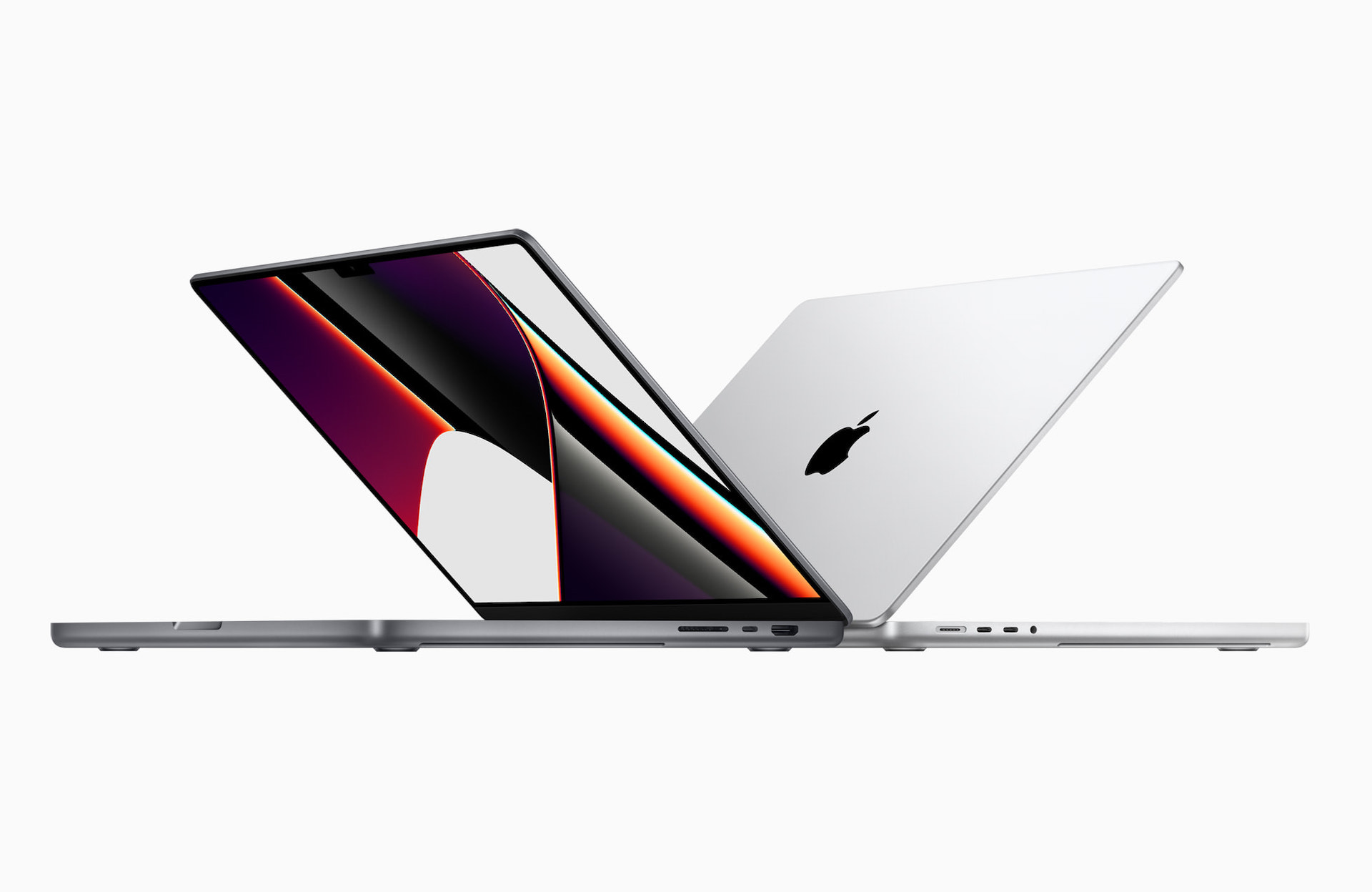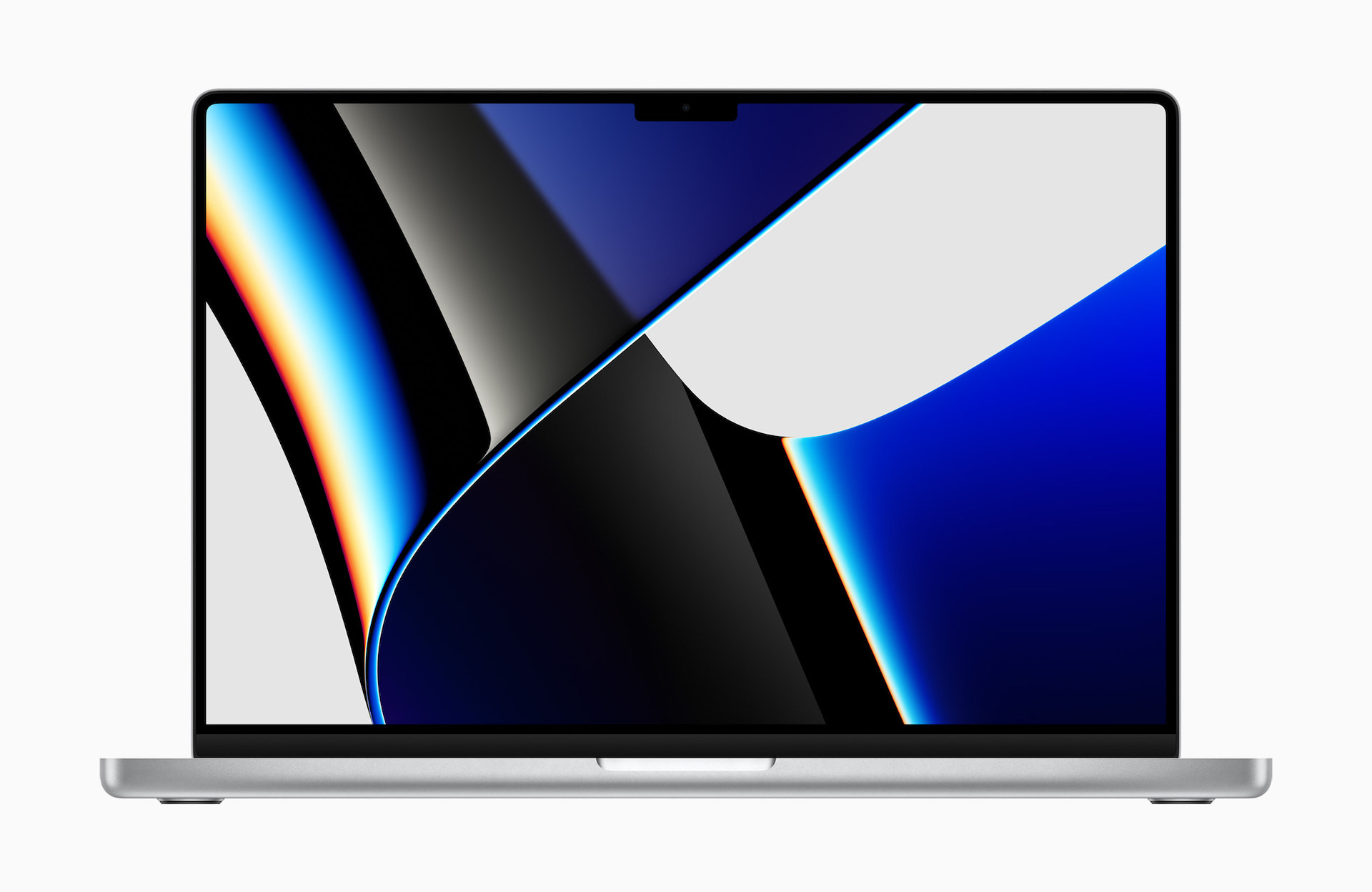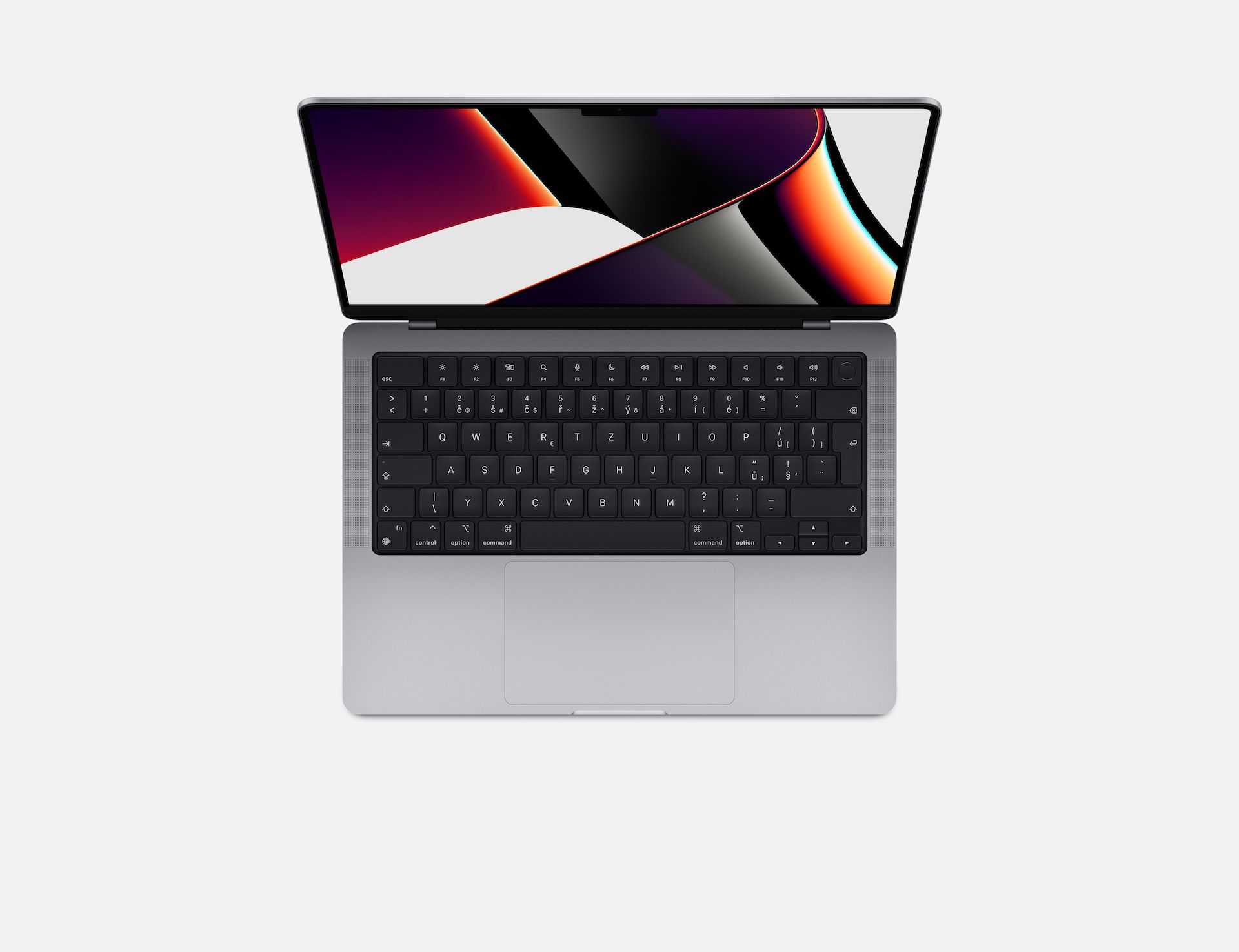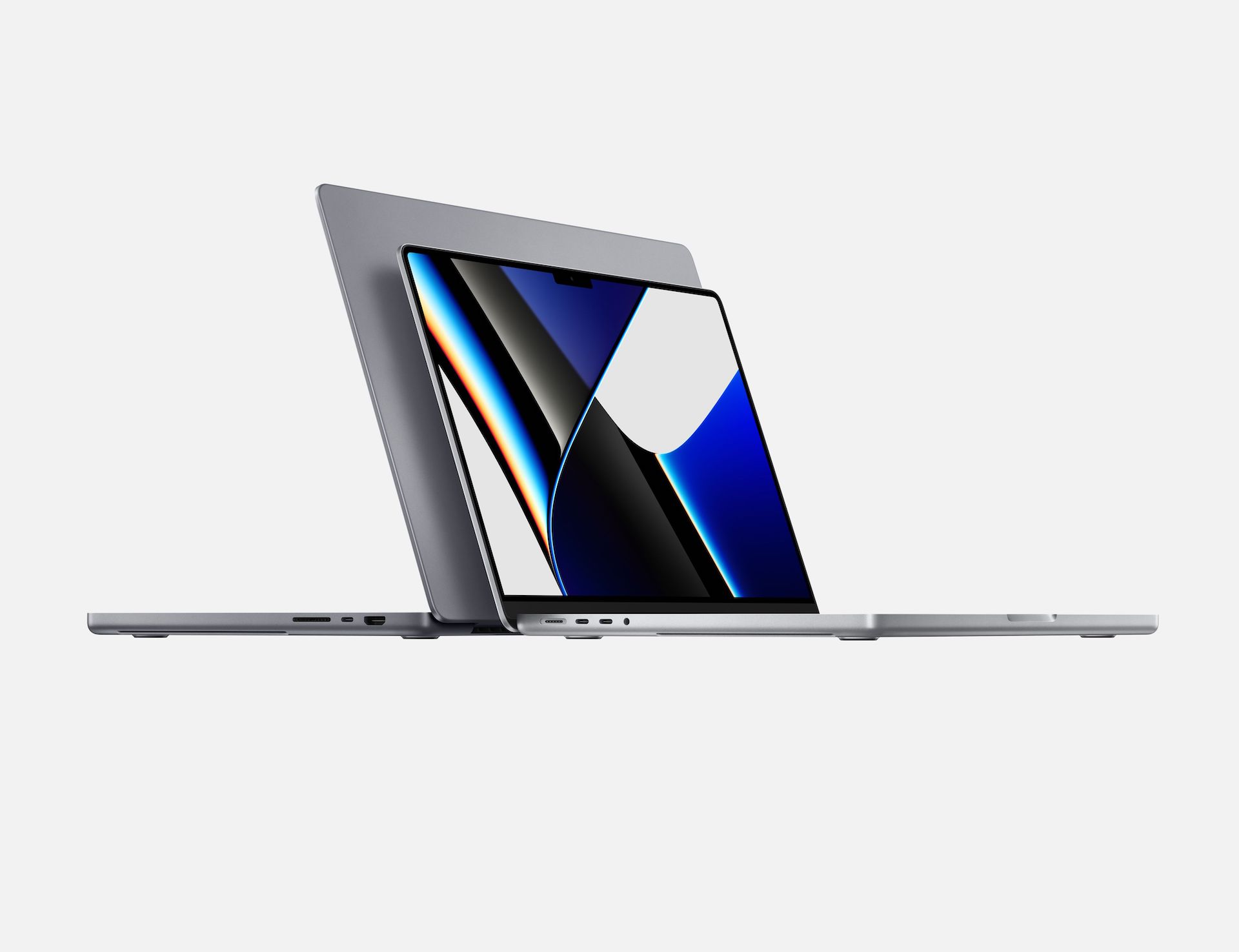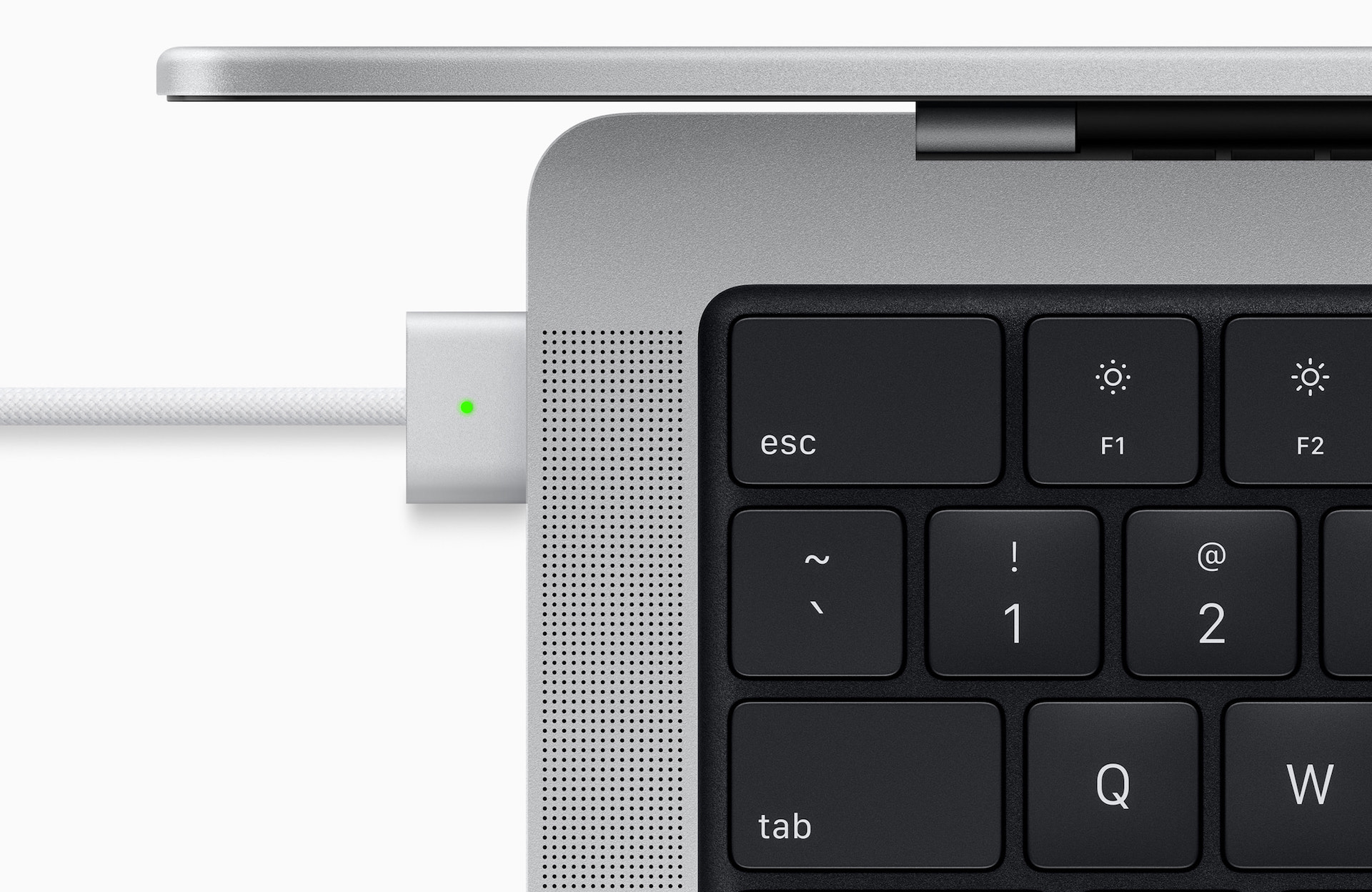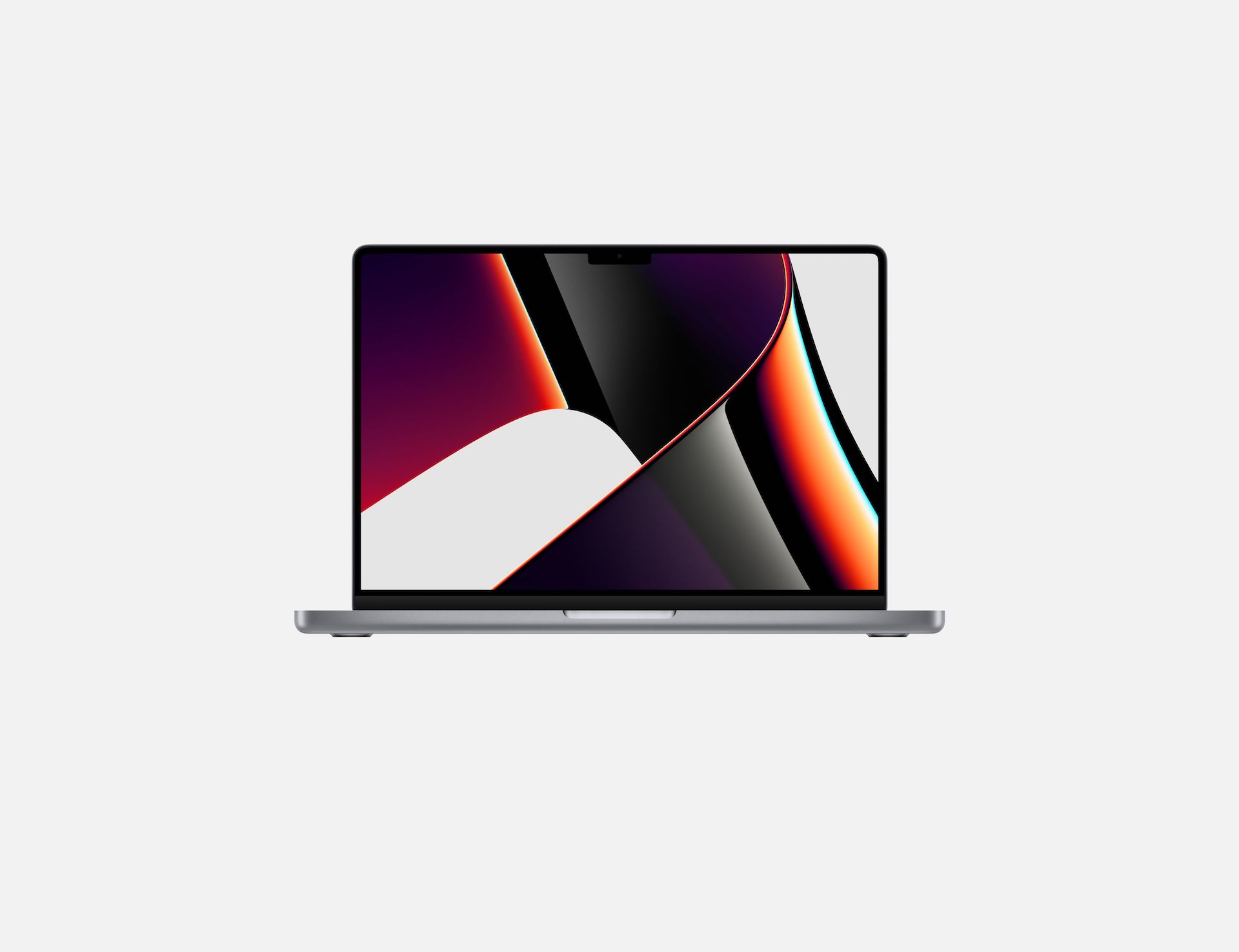Only last month saw the unveiling of a rather revolutionary generation of MacBook Pro, which came in two sizes – with a 14″ and a 16″ screen. This Apple laptop can be described as revolutionary for two reasons. Thanks to the new professional Apple Silicon chips, specifically the M1 Pro and M1 Max, its performance has moved to an unprecedented level, while at the same time Apple has also invested in a significantly better display with Mini LED backlighting and up to a 120Hz refresh rate. It can simply be said that Apple pleasantly surprised us. But let's look a little ahead and think about what news the next generation could offer.
Face ID
The number one potential innovation is undoubtedly Face ID biometric authentication technology, which we know very well from iPhones. Apple came up with this creation for the first time in 2017, when the revolutionary iPhone X was introduced. Specifically, it is a technology that can authenticate the user thanks to a 3D facial scan and thus replaces the previous Touch ID quite well. By all accounts, it should also be significantly safer, and thanks to the use of the Neural Engine, it also gradually learns the appearance of the owner of the device. It has been speculated for a long time that a similar novelty could come to Apple computers as well.
Just a few years ago, the hottest candidate was the professional iMac Pro. However, we have not seen anything similar from Apple in any of its Macs, and the implementation of Face ID is still questionable. However, with the arrival of the 14″ and 16″ MacBook Pro, the situation changes slightly. These laptops themselves already offer an upper cutout in which, in the case of iPhones, the technology needed for Face ID is hidden, which Apple could theoretically use in the future. Whether the next generation will bring something similar or not is understandably unclear for the time being. However, we know one thing for sure – with this gadget, the giant would undoubtedly score points among apple growers.
However, it also has its dark side. How would Apple Pay confirm payments if Macs actually switched to Face ID? Currently, Apple computers are equipped with Touch ID, so you only need to place your finger, in the case of iPhones with Face ID, you only need to confirm the payment with a button and face scan. This is definitely something that needs to be thought through.
OLED display
As we already mentioned in the very introduction, this year's generation of MacBook Pro has noticeably advanced the quality of the display. We can thank the Liquid Retina XDR display for this, which relies on the so-called Mini LED backlight. In this case, the mentioned backlight is taken care of by thousands of tiny diodes, which are grouped into so-called dimmable zones. Thanks to this, the screen offers the benefits of OLED panels in the form of significantly higher contrast, brightness and better rendering of blacks, without suffering from their typical shortcomings in the form of a higher price, shorter life and the notorious burning of pixels.
It could be interest you
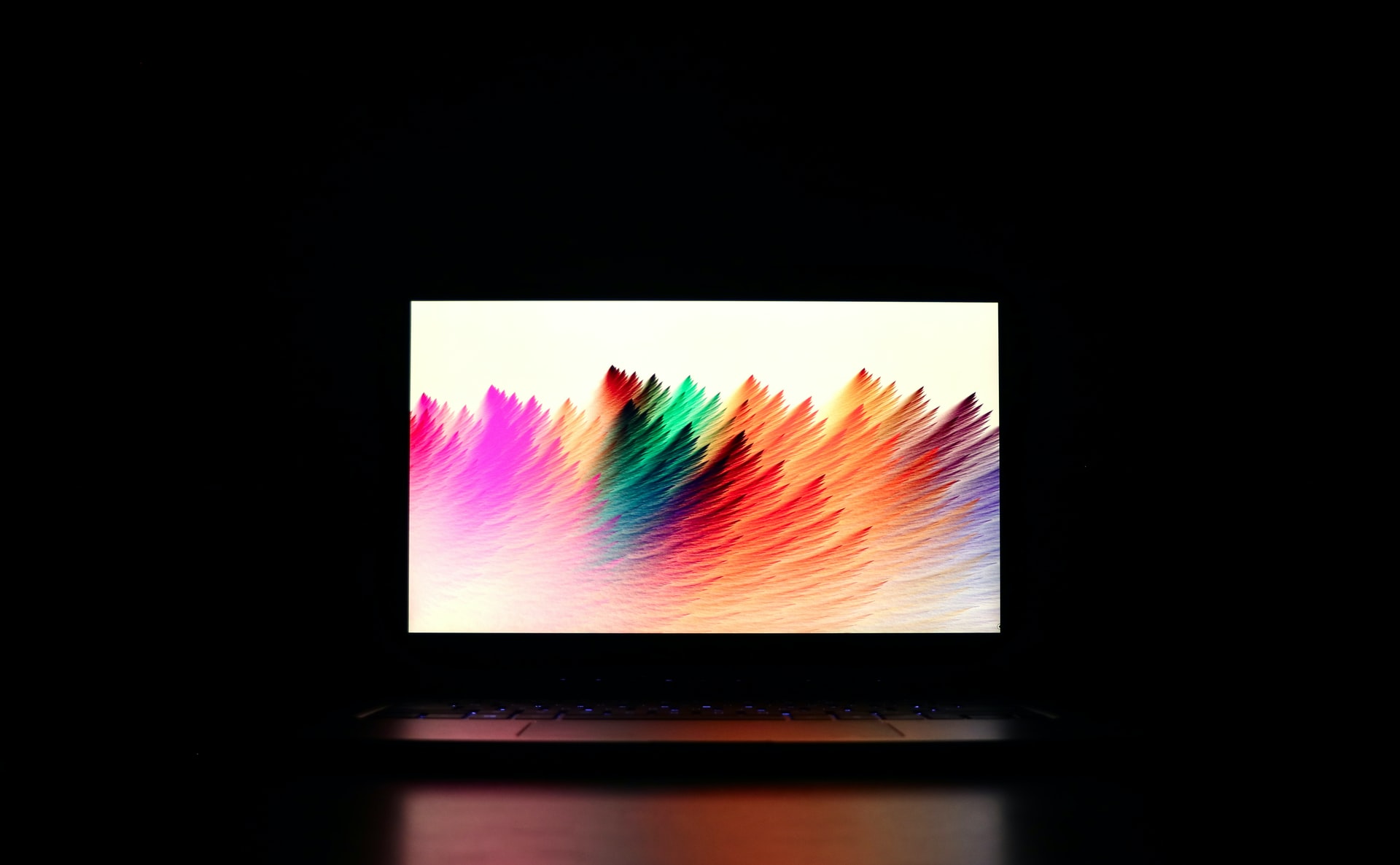
Although the benefits of Mini LED displays are indisputable, there is one catch. Even so, in terms of quality, they cannot compete with the mentioned OLED panels, which are simply a little ahead. So, if Apple wants to please its professional users, who include mainly video editors, photographers and designers, its steps should undoubtedly be towards OLED technology. However, the biggest problem is the high price. In addition, quite interesting information related to a similar news appeared recently. According to them, however, we won't see the first MacBook with an OLED display until 2025 at the earliest.
5G support
Apple first incorporated support for 5G networks into its iPhone 12 in 2020, relying on the appropriate chips from the Californian giant Qualcomm. At the same time, however, speculations and leaks have been circulating on the Internet for a long time about the fact that it is also working on the development of its own chips, thanks to which it could be a little less dependent on its competition and thus have everything under its own supervision. According to current information, the first iPhone with an Apple 5G modem could arrive around 2023. If a phone with a bitten apple logo can see something similar, why can't a laptop as well?

In the past, there have also been speculations about the arrival of 5G network support for the MacBook Air. In that case, it is quite clear that something similar would definitely not be limited to the Air series, so it can be deduced that MacBook Pros will also receive support. But the question remains whether we will actually see something similar, or when. But it is certainly not something unrealistic.
More powerful M2 Pro and M2 Max chips
In this list, of course, we must not forget the newer chips, probably labeled M2 Pro and M2 Max. Apple has already shown us that even Apple Silicon can produce truly professional chips packed with performance. Precisely for this reason, the vast majority do not have the slightest doubts about the next generation. What is slightly unclear, however, is the fact to what extent the performance can shift after one year.
It could be interest you

